Showing 33–48 of 215 results
-
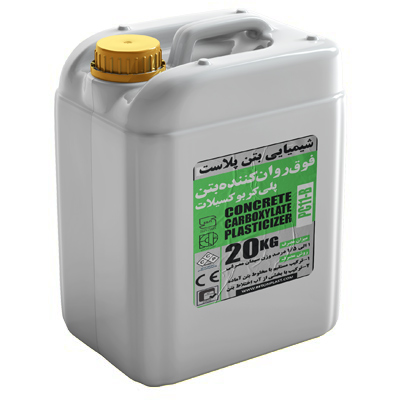
- Suitable for underwater concrete placement
- Ideal for producing high-performance concrete
- Enables large-scale concrete pouring
- Suitable for architectural concrete projects
-

- Excellent wear resistance
- No negative effects on concrete properties
- Good resistance to atmospheric factors and no discoloration
-
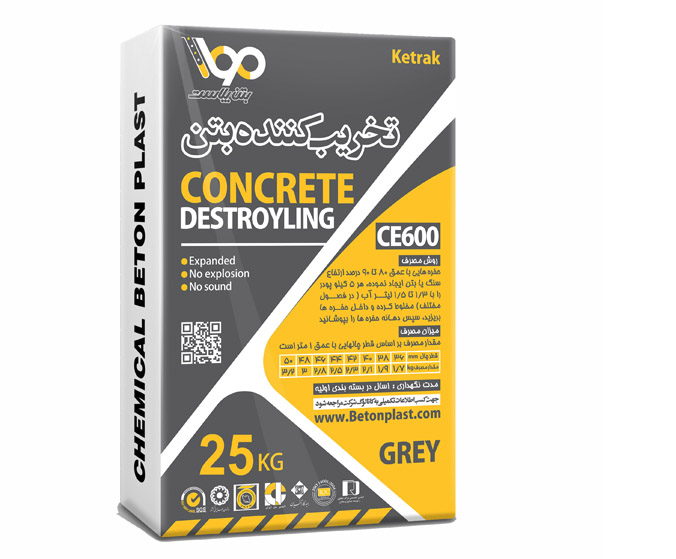
- Creates dust and does not pollute
- No toxic and destructive gas emissions degradation takes place
- No need to obtain permission for demolition
-

- No corrosion formation in steel
- Quick grip and the possibility of quick use of the structure
- Permanent sealing
- Excellent adhesion to all types of materials including concrete, stone, brick
-
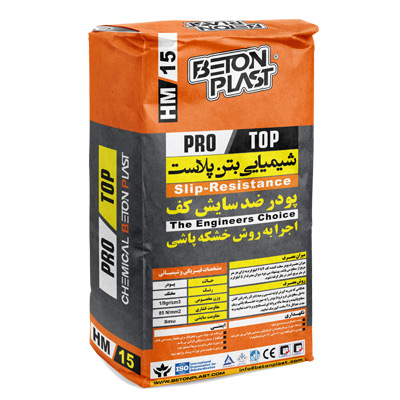
- Increasing adhesion and mechanical strength of concrete slabs
- Ideal resistance to melting and glacial cycles
- Resistant against liquid penetration and chemical destructive agents
-

- Reducing the permeability of concrete
- Greater adhesion of particles due to the presence of sealing resins
- Reduction of cracks caused by concrete shrinkage
-
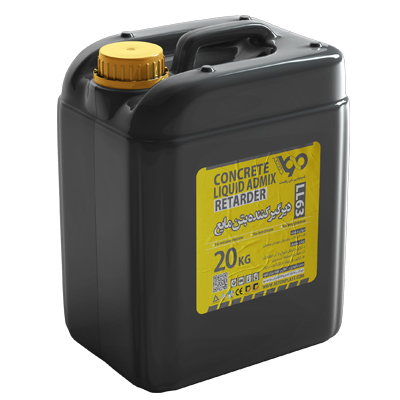
- Suitable for all types of Portland cement
- Ability to increase the vibration time of concrete
- Increased concrete resistance in long term
-
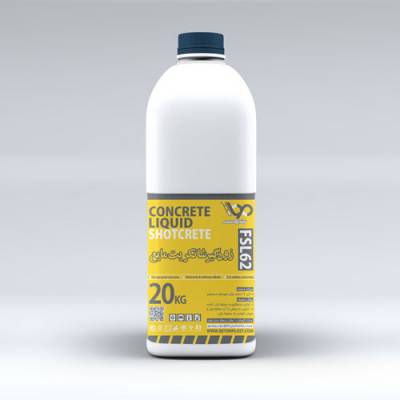
- Increasing the hydration temperature
- Prevents freezing of concrete
- Increases the adhesion of concrete
-

- Prevents shrinkage and contraction of concrete
- Increases compressive and flexural strength of concrete
- Reduces cement consumption
-

- Speed and ease of implementation
- Save on potential costs later for resealing
- High resistance to extreme temperature changes
-

- Prevents shrinkage and shrinkage of concrete
- Saves cement consumption
- Prevents surface cracks in concrete Application
-

- Controls the initial setting time of concrete.
- Prevents the formation of cold joints in concrete.
- Increases the slump and workability of concrete.
- Reduces creep in concrete.
-

- Increased elasticity modulus of concrete relatively high melting point
- Suitable alternative to thermal rebar
- Reinforced concrete resistance to impact increases
-
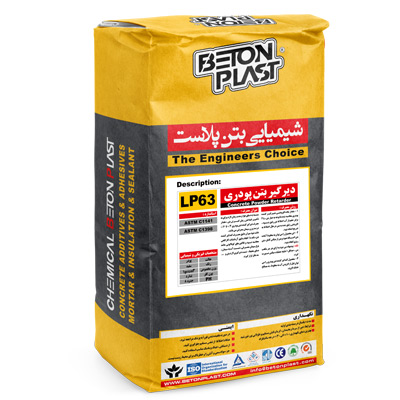
- Improvement of concrete surface finishability
- Delaying the setting time of the concrete
- Reduction of cold joints due to delays between pouring stages
-
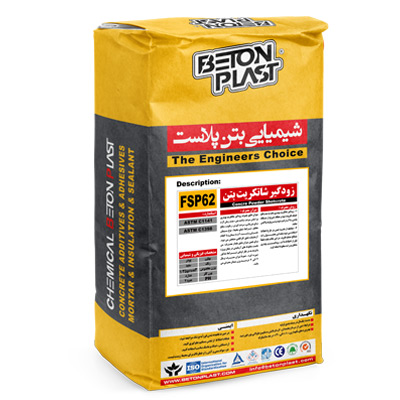
- Prevents freezing of concrete
- Achieves higher resistance in shorter time
- Visible reduction of aggregate detachment after spraying
-

- Construction of impermeable and waterproof concrete
- Prevention of sulfate attack and alkalization
- No negative impact on the compressive strength of concrete















